In 2011, the Daily Mail carried a long story about how the Queen’s cousin Prince William of Gloucester, who died in a plane crash aged 30, had been Prince Charles’s boyhood idol. (Our own Prince William, it claimed, was named after him.) In passing, it tactfully informed us that William’s ex-girlfriend Zsuzsi Starkloff ‘no longer wishes to be reminded of her lost love’.
Well, the good news is that Zsuzsi has certainly changed her mind since. The following year she gave the Mail an interview describing their relationship in some detail. And on Thursday, she appeared in The Other Prince William: Secret History to tell all over again what Channel 4 unblushingly called ‘the untold story’ of their time together.
The result was an archetypal Channel 4 royal documentary. Which is to say that the makers added a narration apparently written by Sylvie Krin of Private Eye and threw in a few royal commentators demonstrating their usual gifts for telepathy (or, if you prefer, complete guesswork). Above all, though, the programme took an intriguing slice of history and cramped it to fit a pre-existing template so rigid that, by the end, it was impossible to know how much of what we’d heard was true.
The blizzard of clichés began immediately when we were introduced to ‘the playboy prince’ with the ‘movie-star looks’ whose great love affair ‘was destined to end in tragedy’. We then cut to a wistful-looking Zsuzsi, whose home in the Rocky Mountains of Colorado is, the narrator shrewdly noted, ‘a long way from Buckingham Palace’.
The two met in Tokyo in 1968, where William impressed the ladies by arriving for his British-embassy posting in a plane he’d piloted himself. For her part, Zsuzsi was a model and former air hostess with a neat line in flirty banter. Before long, love had duly ‘blossomed’ and they’d found themselves ‘a private love nest’ — always better than a public one, I find.
But, as the template demands, it was now time for those stuffed shirts at the palace to stand in the way of romance — merely because Zsuzsi was a twice-divorced Hungarian single mother, seven years William’s senior. According to those telepathic royal commentators, the prince was still determined to marry her, but just as he was about to pop the undocumented question, his father the Duke suffered a stroke and William had to return to Britain.
He did invite Zsuzsi to join him for a while, but with the dark forces of protocol closing in, ‘he decided to put the affair on hold’ — by the undeniably effective means of taking her to the airport and waving her off on a one-way trip to New York. Like Edward VIII, the programme lamented, William was forced to realise that ‘you can have the woman or you can have the throne, but you can’t have both’ — a parallel that might have been stronger if William had ever had any chance of the throne.
Even so, the couple ‘kept alive their hopes of a happy ending’ — but only because ‘neither could have predicted the cruel twist of fate that lay ahead’. At a Wolverhampton air show in August 1972, William crashed his plane and was killed instantly. In fact, one of the programme’s coups was to show us film of the incident — even if the decision to screen it for Zsuzsi in her Colorado house was maybe more questionable.
Right at the beginning Zsuzsi declared that we were about to hear ‘a true fairy tale’: a piece of inadvertent ambiguity that was perhaps more telling than she realised. For all I know, the story did unfold exactly as the programme said — although a quick read round afterwards unsurprisingly suggested that things might have been more complicated than we were told, with Zsuzsi’s memories not entirely reliable. (Nor, oddly, did anybody mention that William had been diagnosed with porphyria, as made famous by George III.) That’s the trouble with royal documentaries that so slavishly follow a pre-ordained pattern: rather than being able to trust them, you end up peering between the clichés and just making a guess.
But possibly the biggest act of self-sabotage came when the programme tried to add yet another layer of tragedy by concluding that, had he lived, William and Zsuzsi would have been able to marry — because not long afterwards the palace became far more relaxed about such matters. After all, it clinchingly reminded us, the later Prince William was free to marry Kate ‘for reasons of the heart’.
Admittedly, I can’t claim to be a royal expert myself. Nonetheless, I’m willing to bet that if our William had brought home his own twice-divorced Hungarian single mother, seven years his senior, we wouldn’t have seen her walking down the aisle of Westminster Abbey.
Got something to add? Join the discussion and comment below.
Get 10 issues for just $10
Subscribe to The Spectator Australia today for the next 10 magazine issues, plus full online access, for just $10.

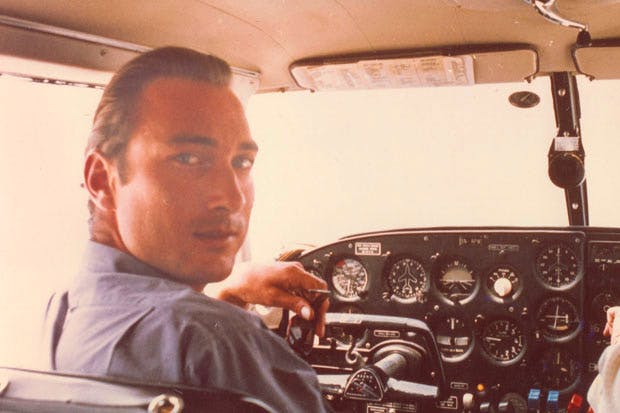
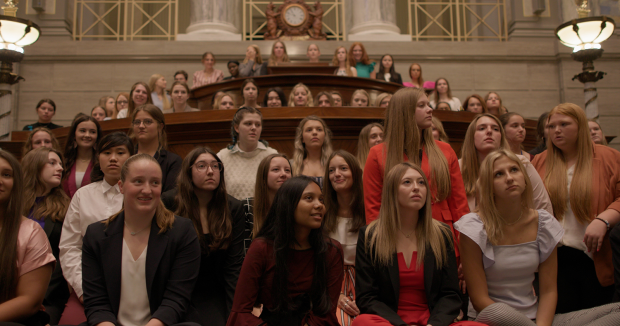
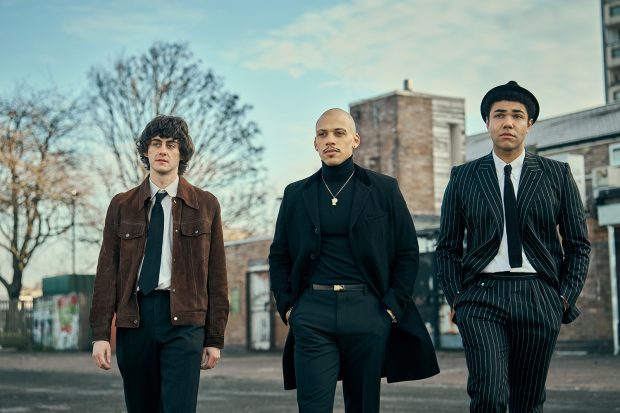
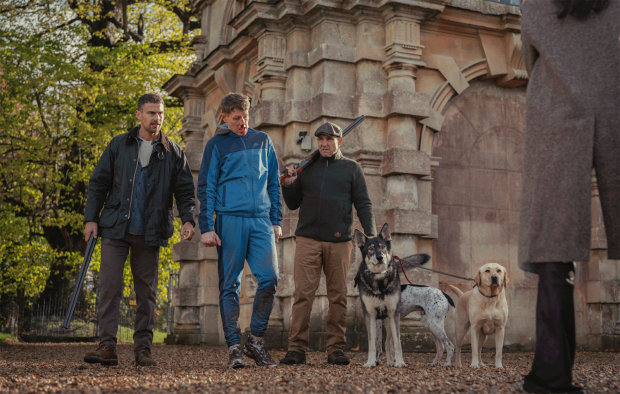
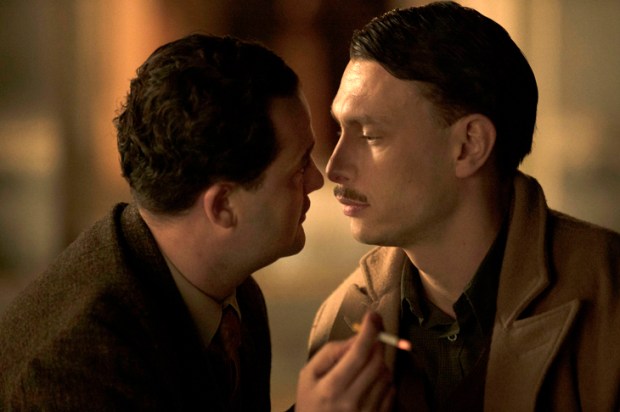
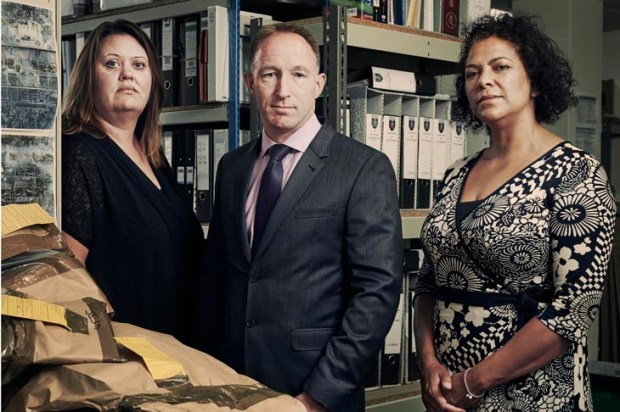
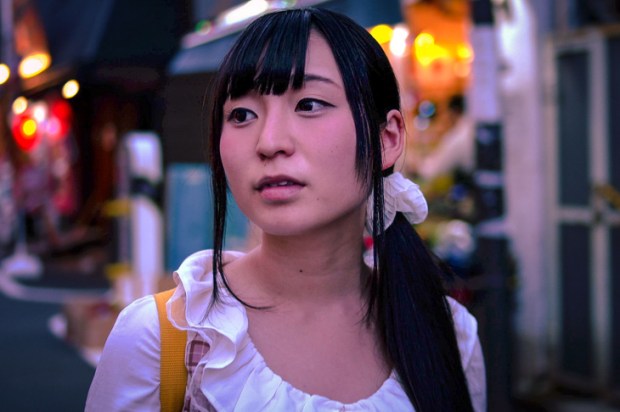






Comments
Don't miss out
Join the conversation with other Spectator Australia readers. Subscribe to leave a comment.
SUBSCRIBEAlready a subscriber? Log in